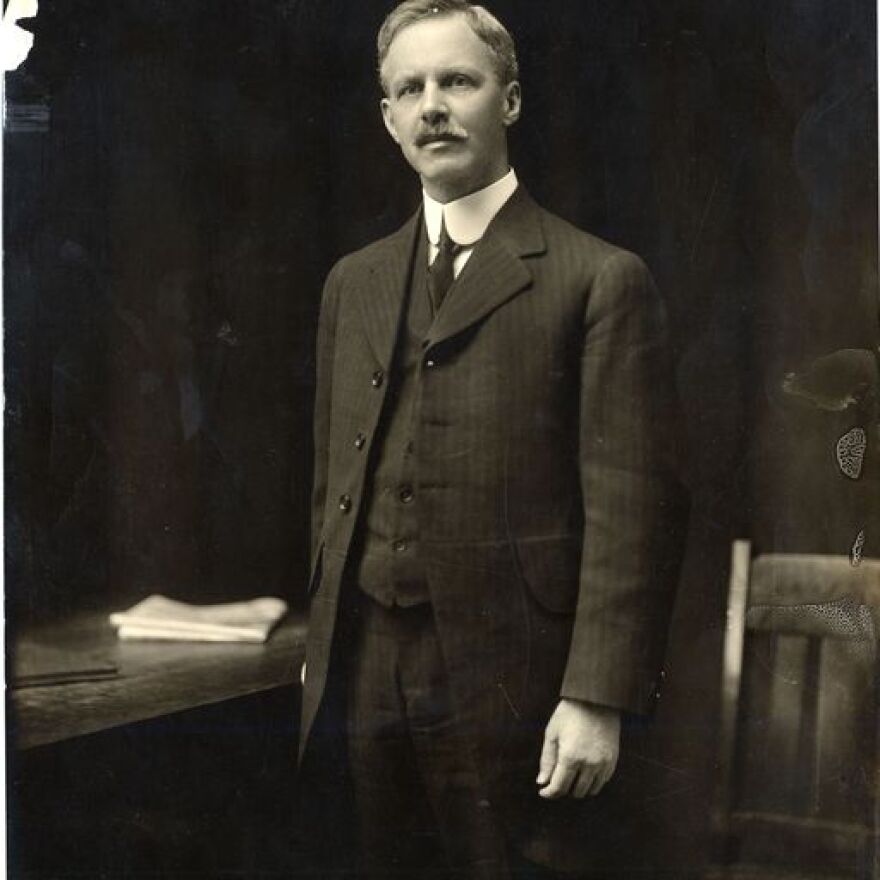The 22-year tenure of Southeast’s seventh president – Washington Strother Dearmont – remains possibly the most prolific and successful period in our school’s history. Those years – from 1899 to 1921 – coincide with Louis Houck’s time heading the board of regents; Together, a Dearmont and Houck era. Despite the two men – both trained lawyers – not always seeing eye-to-eye and ultimately parting on acrimonious terms, their visionary leadership provided the primary impetus for remarkable intellectual and physical growth.
President Dearmont mapped Southeast’s course toward its modern role in higher education. Reflected in the 1919 name change to Southeast Missouri State Teachers College, the school became a four-year degree granting institution with Dearmont standardizing the minimum number of hours required for a bachelor’s degree at 120. He expanded the liberal arts curriculum, pioneered the idea of a college farm, and strengthened cultural offerings. The president also innovated the textbook rental system and oversaw the creation of “The Sagamore” yearbook and “Capaha Arrow” newspaper.
The number of campus buildings increased from one to six; four of which still form the basic core of the university’s modern built environment. Consequently, enrollment at “Cape State” – as many now called it – tripled from 476 students to 1,500.
Washington Dearmont’s controversial dismissal in 1921 shocked the campus. During the national debate over President Woodrow Wilson’s League of Nations proposal after World War I, Dearmont’s support for the Democrat Wilson and his League put him increasingly at odds with townspeople, Houck, and more importantly the Republican administration in Jefferson City.


